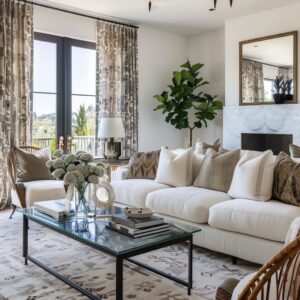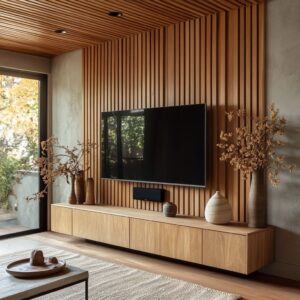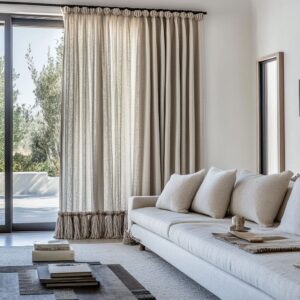When it comes to contemporary interior design, every detail contributes to the overall aesthetic and functionality of a space.
Among these details, window treatments play a pivotal role.
Roller blinds, in particular, have become a staple in modern homes due to their sleek design, versatility, and practicality.
This article delves into how roller blinds complement contemporary interiors, offering actionable insights for homeowners and designers alike.
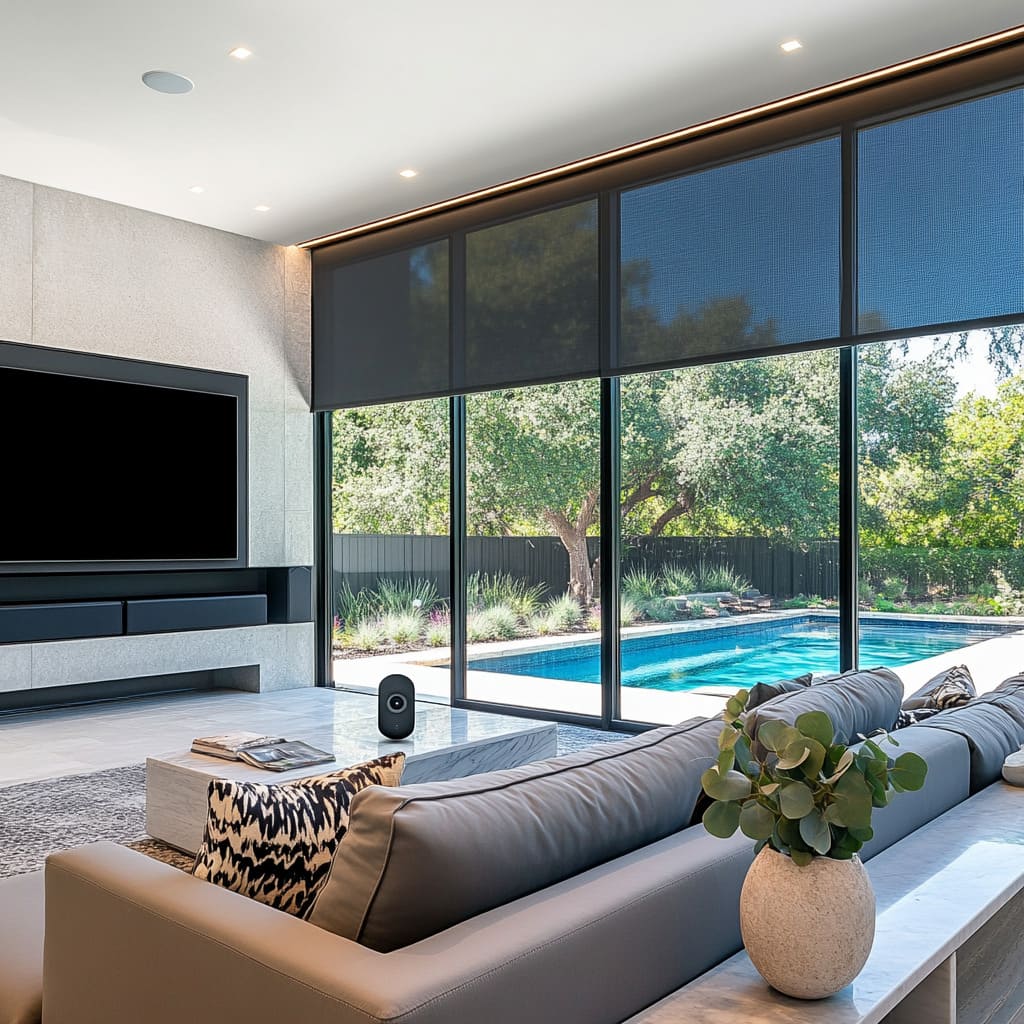

The Appeal of Minimalism in Design
Contemporary interiors often emphasize clean lines and uncluttered spaces.
Roller blinds fit seamlessly into this aesthetic with their simple, streamlined design.
Unlike bulky curtains or layered drapes, roller blinds sit neatly within the window frame, creating a tidy and cohesive look.
Practical Tip: Opt for neutral tones like white, grey, or beige to maintain a minimalist vibe. For bold interiors, consider muted jewel tones or subtle patterns that add depth without overpowering the space.
Example: In a Scandinavian-inspired living room, white roller blinds can enhance natural light while maintaining privacy.
Versatility Across Spaces
Roller blinds are incredibly adaptable, making them suitable for various rooms and purposes.
Whether you need blackout blinds for a bedroom or sheer ones for a living area, there’s a roller blind to meet your needs.
Practical Tip: Use blackout roller blinds in media rooms to eliminate glare on screens and improve viewing experiences. Sheer fabrics work well in kitchens or dining areas where natural light is desirable.
Example: A home office with sheer roller blinds allows for daylight while reducing screen glare during work hours.
Enhancing Energy Efficiency
Modern homes prioritize sustainability and energy efficiency. Roller blinds can contribute by providing insulation and regulating indoor temperatures.
Certain materials block UV rays and reduce heat transfer, leading to lower energy consumption.
Practical Tip: Choose energy-efficient fabrics with reflective coatings for windows exposed to direct sunlight. These materials help keep rooms cooler in summer and warmer in winter.
Example: In a south-facing bedroom, thermal roller blinds can reduce reliance on air conditioning during hot months.
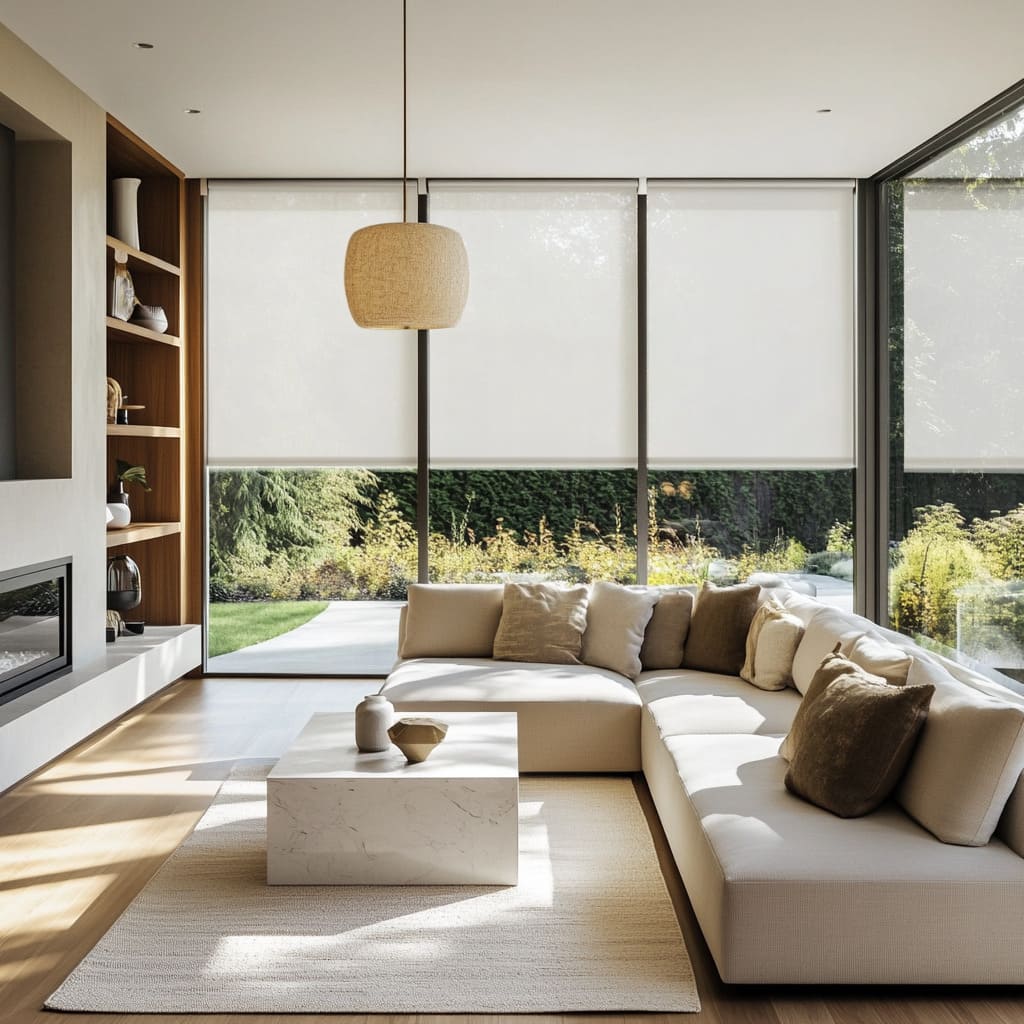

Integration With Smart Home Technology
Technology is an integral part of contemporary living, and roller blinds are no exception.
Motorized options allow for remote control via apps or voice commands, adding convenience and sophistication to any space.
Practical Tip: Pair motorized roller blinds with smart home systems like Alexa or Google Home for automated schedules that adjust based on time of day or sunlight levels.
Example: In a busy household, automated roller blinds can open in the morning to let in natural light and close at night for privacy—all without manual intervention.
Space-Saving Benefits
In urban apartments or small homes, maximizing space is essential.
Roller blinds offer a compact solution that doesn’t encroach on valuable square footage like traditional curtains might.
Practical Tip: Install roller blinds inside the window recess for a flush finish that enhances the perception of space.
Example: A compact studio apartment benefits from roller blinds that provide privacy without visually crowding the room.
Customization For Personal Style
Contemporary design celebrates individuality, and roller blinds offer endless customization options.
From fabric choices to patterns and colors, they can be tailored to reflect personal tastes while aligning with the overall decor theme.
Practical Tip: For industrial-style interiors, choose textured fabrics like linen or metallic finishes. In contrast, soft pastel shades suit modern coastal themes.
Example: A geometric patterned roller blind adds visual interest to an otherwise monochromatic home office.
Layering For Depth and Functionality
Layering window treatments is a popular trend that combines aesthetics with functionality.
Roller blinds can be paired with curtains, scarf or drapes to enhance insulation, light control, and style.
Practical Tip: Use blackout roller blinds as the base layer for functionality and add sheer curtains for a touch of elegance.
Example: In a modern bedroom, layered treatments create a cozy yet sophisticated ambiance while ensuring complete darkness when needed.
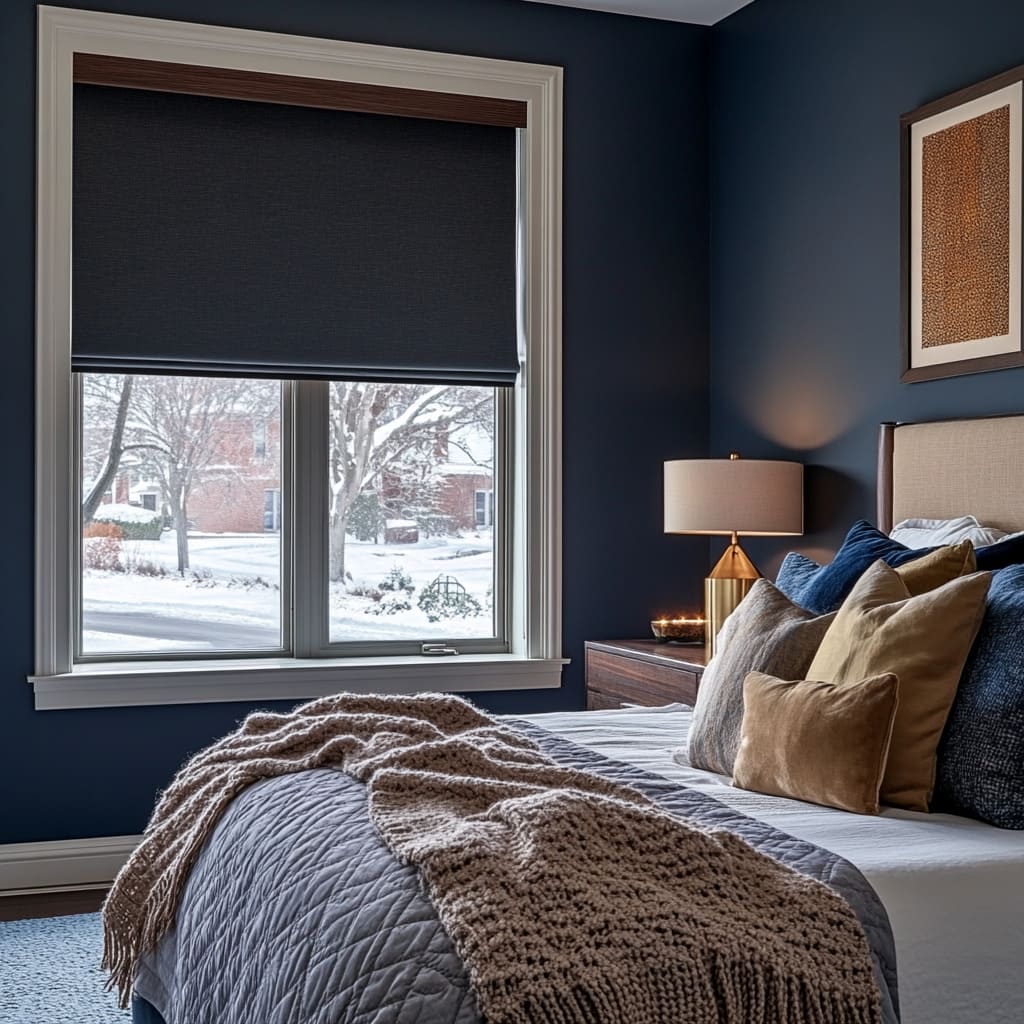

Durability and Ease of Maintenance
Roller blinds are known for their durability and low maintenance requirements—qualities highly valued in busy households or commercial spaces.
Most fabrics are easy to clean with a damp cloth, making them ideal for kitchens or children’s rooms.
Practical Tip: Opt for moisture-resistant materials in humid areas like bathrooms or laundry rooms to prevent mold growth.
Example: A kitchen with grease-resistant roller blinds ensures longevity without compromising on style.
Bold Designs As Statement Pieces
While minimalism dominates contemporary design, there’s room for bold choices too.
Roller blinds with vibrant colors or striking patterns can serve as focal points in neutral spaces.
Practical Tip: Use patterned roller blinds sparingly—limit them to one feature window per room to avoid visual clutter.
Example: A living room with neutral walls can come alive with roller blinds featuring abstract prints in complementary colors.
Sustainability Matters
As eco-conscious living becomes mainstream, many manufacturers now offer roller blinds made from sustainable materials like bamboo or recycled fabrics.
These options align with modern values while adding natural textures to interiors.
Practical Tip: Look for certifications like OEKO-TEX® when selecting eco-friendly fabrics to ensure they meet environmental standards.
Example: Bamboo roller blinds bring warmth and sustainability to an eco-modern dining space.
Conclusion
Roller blinds have evolved far beyond their utilitarian origins into versatile elements of contemporary interior design.
Their ability to balance form and function makes them indispensable in modern homes.
Whether you’re aiming for minimalism, energy efficiency, or bold personalization, these window treatments offer practical solutions without compromising on style.
With thoughtful selection and placement, roller blinds can transform any space into one that’s both functional and visually appealing.

